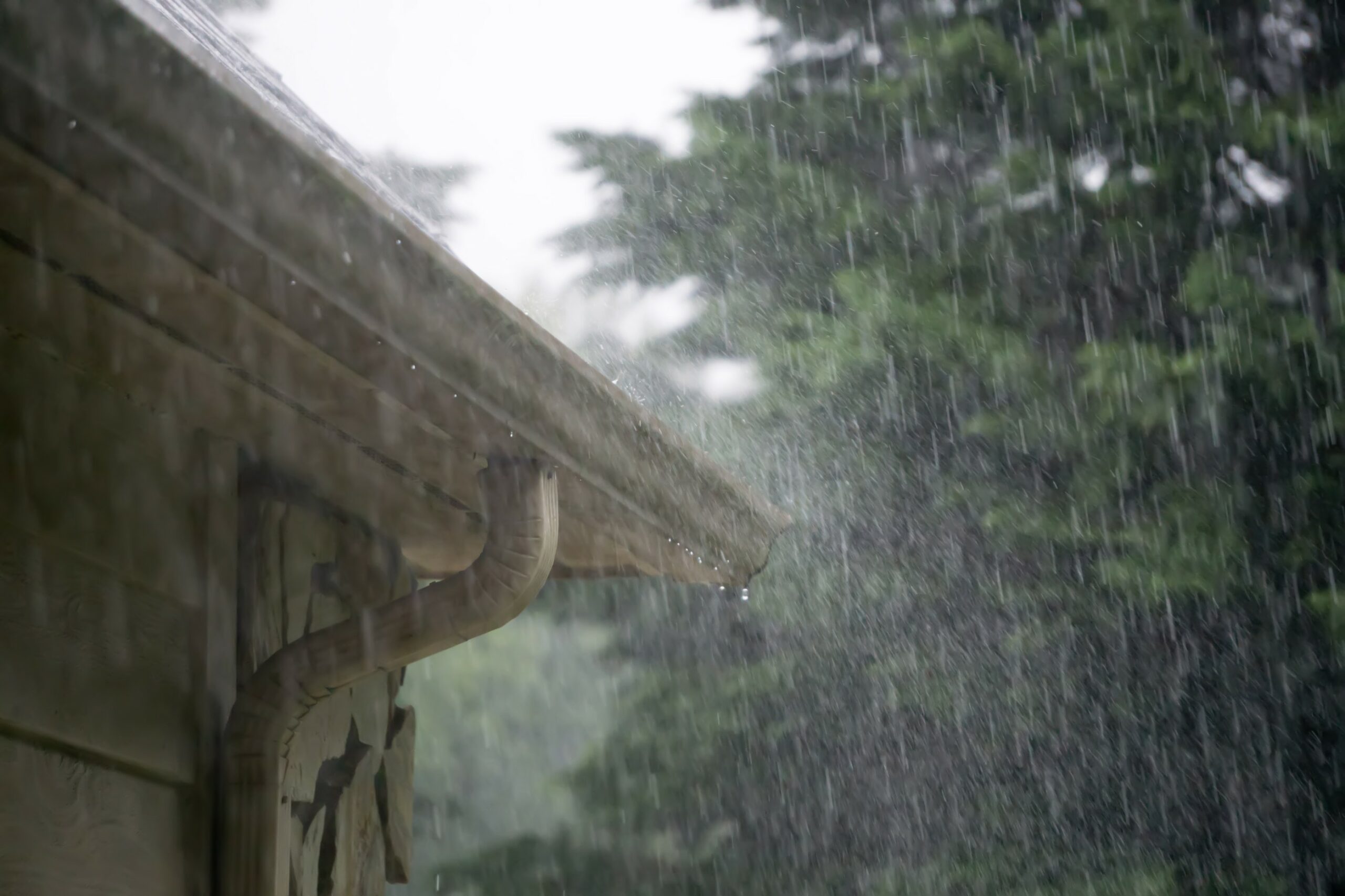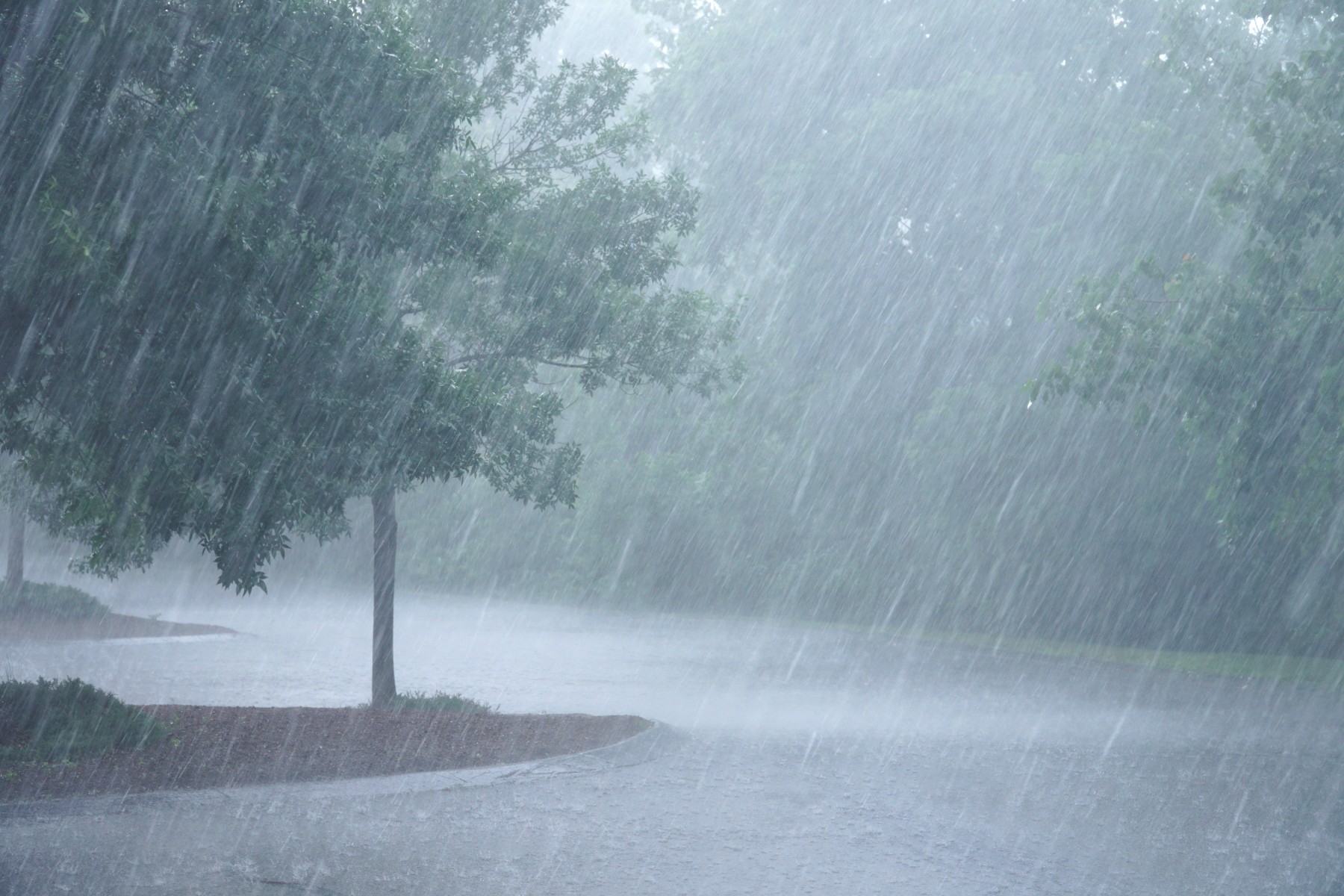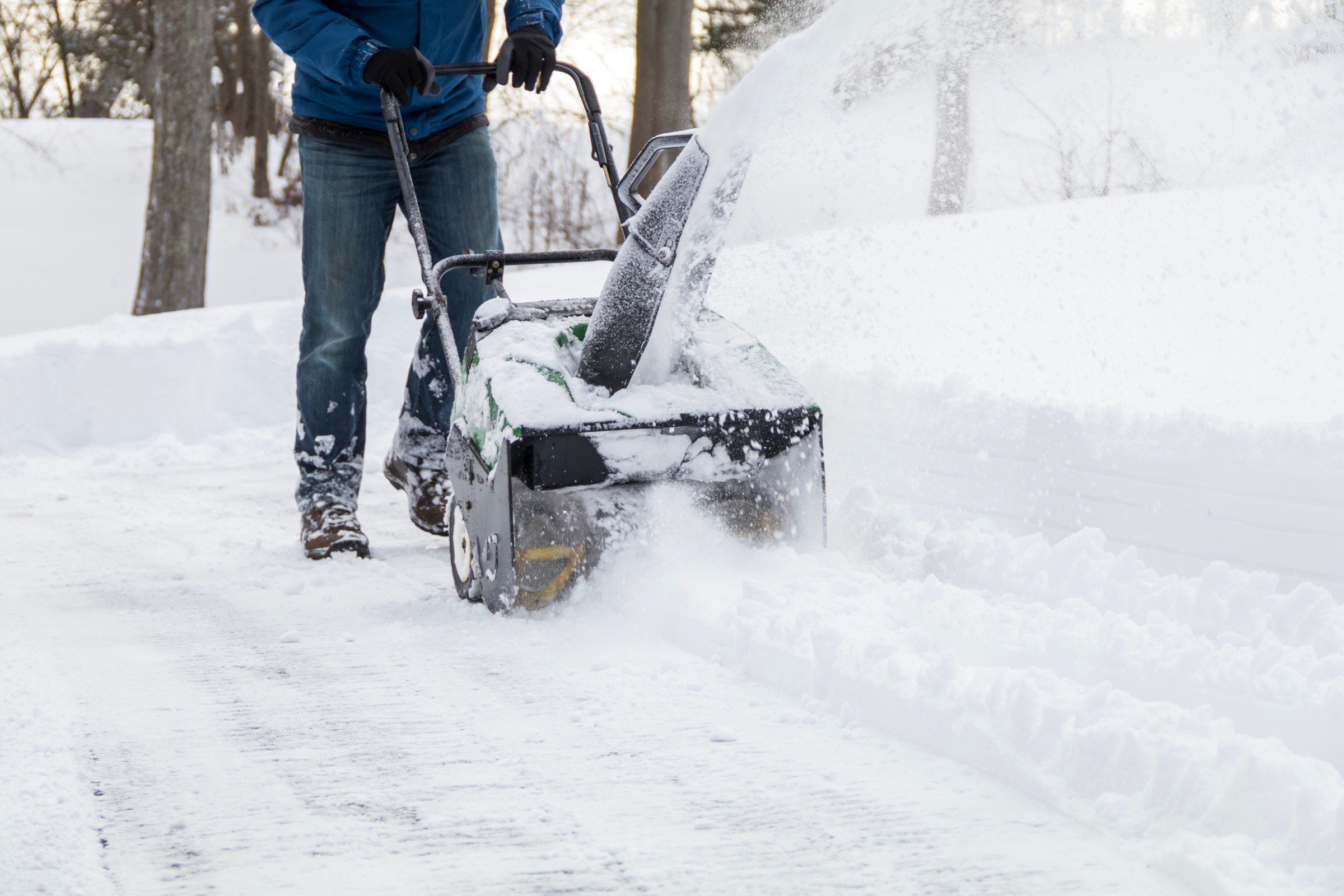
Heavy Rain, Flooding, and Chance of Severe Weather Staring Down the Southern U.S.
January 22, 2024
Posted: March 25, 2022 3:00 am





With the arrival of spring comes the arrival of allergies for many people. The severity and duration of a typical allergy season varies greatly depending on a number of factors, including the weather. Here is what the experts are saying about the 2022 spring allergy forecast for the U.S.
Allergies come and go throughout the year with most people suffering the greatest amount during the spring months. Trees coming out of a winter hibernation are generally the earliest pollen producers during the early spring months. By the time the late spring and early summer time period rolls around, it is grass pollen causing the bulk of the problems. Lastly, weed pollen is at its highest by the late summer and early fall.
Depending on what you are most sensitive to and where you live will dictate what time of the year that you notice your allergies the most acutely. The weather is also a driving factor of the severity of the allergies at any given time. When forecasting an allergy outlook for the day, the experts look at factors such as wind speed, the temperature, and the presence of precipitation.
For instance, pollen is quieter during rainy days or when there is not a significant amount of wind to circulate it through the air. Conversely, pollen is able to travel more widely on days that are warm, windy, and dry. However, drier conditions can also mitigate the growth of grass and weeds, lowering some types of pollen levels.
According to Climate Central, the increasingly longer growing seasons throughout the U.S. have also extended the allergy season, particularly when it comes to pollen. This means more suffering for those prone to this type of allergy. Take a look at the more detailed forecast for allergies here.
The southeastern corner of the U.S. will bear the brunt of the early tree pollen forecast this spring. Experts are predicting the tree pollen counts to soar the highest in this region due to moderate temperatures and persistent rain through the early part of spring. It is likely to be worse than average for most parts of the Gulf Coast and into the Southeast.
While the rain will help to scrub some of the pollen from the air, it will not be enough to clear it completely. This means that tree pollen counts will continue to pile up thanks to the warming temperatures.
Over in the opposite corner of the country, the Pacific Northwest will also see a higher than average level of tree pollen. The moderate mercury readings and moist air will create the ideal storm for pollen to develop and stick around.
A lack of rain in the Southwest is predicted to keep pollen levels in check, likely below average for this spring. An average or below-average tree pollen season is also expected in the Northeast and through the Appalachian states due to steady rainfall keeping the counts low.
The Southeast will also be under the gun for grass pollen this spring. A high amount of moisture will provide grass with the opportunity to grow at a fast clip, spurring the development of more pollen. A large area stretching from the Gulf Coast and into the Mississippi and Tennessee valleys will experience the highest grass pollen levels from April through June.

Likewise, the Pacific Northwest will also be at a higher risk of escalating tree pollen levels due to the long-range forecast of a significant amount of early-season rainfall. This will be particularly true for the coastal region of Washington state and Oregon.
The regions of the country expected to see average tree pollen counts this spring include the Northeast and the central Rockies. Warming temperatures and sporadic precipitation will likely temper the growth of grass, stymieing the pollen levels as a result.
Lower than normal tree pollen levels are in the cards for the bulk of the West Coast outside of the Pacific Northwest. The ongoing drought will continue to slow the growth of grass, limiting the ability of pollen to take flight and cause issues.
There is more bad news for allergy sufferers in the Southeast. The late-season weed pollen is predicted to be at high levels throughout the region. The weed pollen is likely to infiltrate up and down the Eastern Seaboard as elevated moisture levels and soaring temperatures to close out the summer become the norm.
It will be the opposite for the western half of the U.S. where dry conditions are expected to keep weed pollen counts down below normal. The Pacific Northwest is generally dry in August, lessening the severity of weed pollen.
The Four Corners region will see an increase in weed pollen levels beginning in the middle of June as the monsoon fires up. The immense moisture associated with these short-lived storms may be enough to allow the weed pollen to grow during the early part of the summer.
As has been the problem for the last two years, many allergy sufferers will continually ask themselves if it is pollen that is causing them to feel unwell or COVID-19. Unfortunately, it can be challenging to distinguish between the common symptoms of seasonal allergies, a regular cold, the flu, and COVID-19.
While all four of these conditions may cause fatigue, the acuteness of the flu and COVID-19 onset is more severe in nature. It is important to note that it is not allergies making you sick if you are running a fever.
Many weather apps provide a detailed allergy forecast for your area, helping you to discern what is making you feel unwell.

January 21, 2024

January 19, 2024

January 18, 2024